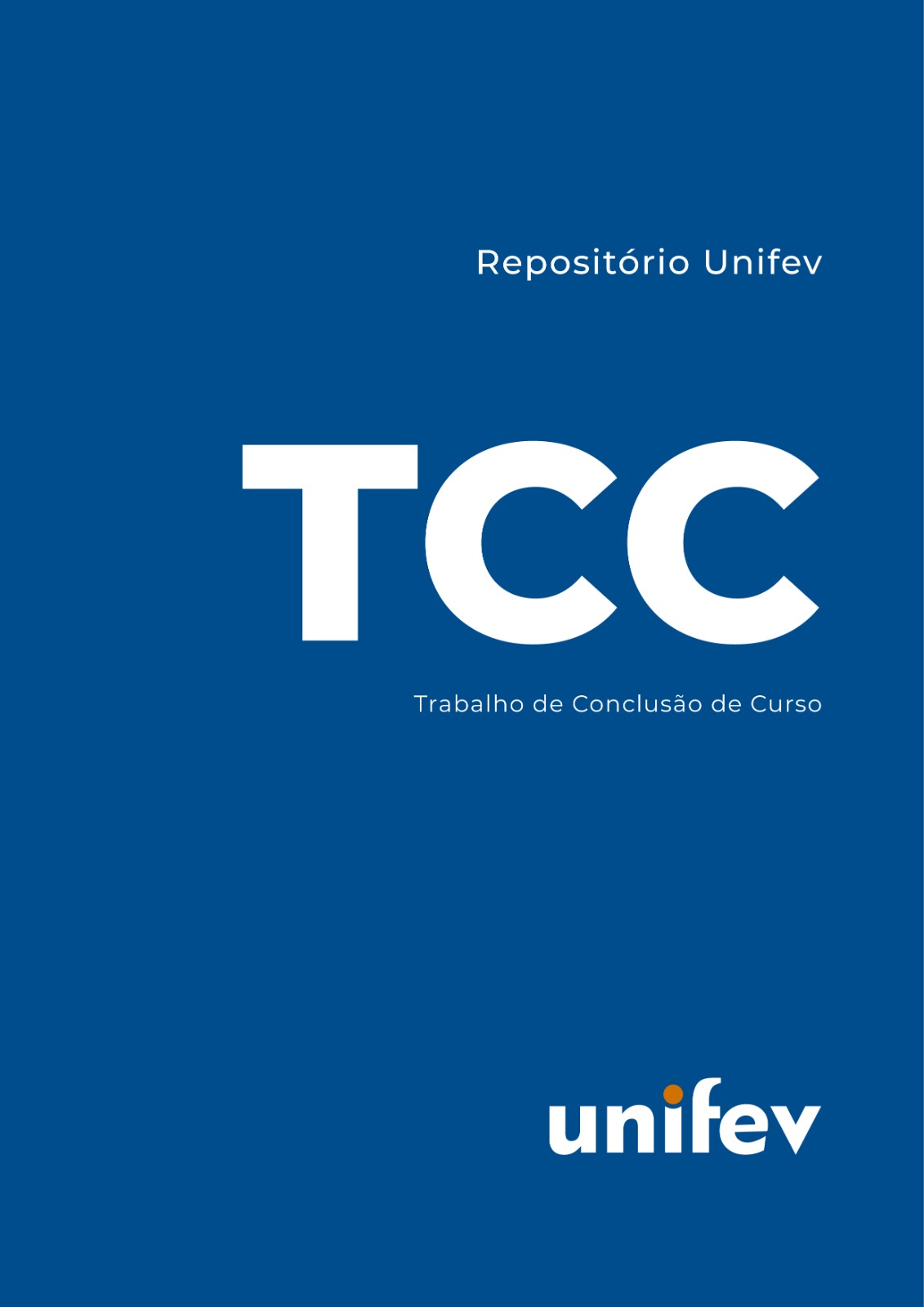Navegando por Autor "Matheus Gomes Garcia"
Agora exibindo 1 - 1 de 1
Resultados por página
Opções de Ordenação
Item FONTES ORGÂNICAS E INORGÂNICAS DE ADUBAÇÃO: IMPACTO NO DESENVOLVIMENTO INICIAL DE ESPÉCIES DE PITAYA(UNIFEV, 2024) Giulia Stephany Almeida; Matheus Gomes GarciaThe pitaya is a fruit-bearing cactus that has been gammg increasing commercial relevance. lts organoleptic characteristics have made it more appealing for consumption, combined with changing dietary habits in society and advances in research and technology. However, the limited availability of studies focused on plant nutrition hinders its production potential. Hylocereus undatus is widely used in commercial plantations due to its high intemational demand and ease of management, while Hylocereus teruya has gained prominence for its rapid development and high productivity, proving to be superior. Both organic and inorganic fertilization provide favorable conditions for the initial development of pitaya. This study aimed to evaluate the initial development of pitaya species, observing the effect of fertilization with diff erent organic sources in combination with the recommended inorganic fertilization under field conditions. The experiment was conducted in the agricultura! area ofthe Votuporanga University Campus - UNIFEV. The propagative part ofthe plant is its stem, known as the cladode, which was transplanted 5 centimeters deep into planting holes. The propagules used were red pitaya seedlings with white pulp (Hylocereus undatus) and red pitaya with reddish-pink pulp (Hylocereus teruya). The experimental design used was a Randomized Block Design (RBD). Soil analysis was carried out, along with organic fertilization (cattle manure -CM, filter cake and ash - FCA) and inorganic fertilization (monoammonium phosphate -MAP, urea - UR, and potassium chloride - KCl). Four treatments were applied to the two pitaya species: TI (MAP+UR+KCl); T2 (CM+MAP+UR+KCl); T3 (FCA+MAP+UR+KCl); T4 (CM+FCA+MAP+UR+KCl). Cattle manure (kg per planting hole), filter cake and ash (kg per planting hole), urea (g per planting hole ), MAP (g per planting hole), and potassium chloride (g per planting hole) were applied. The results of the variables were subjected to Scott-Knott analysis, which did not show statistical significance. However, all treatments demonstrated significant outcomes. The evaluated parameters were height, cladode diameter, number of areoles, and distance between areoles. Therefore, both organic and inorganic fertilization favored the development of Hylocereus undatus and Hylocereus teruya under field conditions. More satisfactory performance was recorded with the addition of organic fertilizers to the soil, highlighting the benefits in height growth and the number of areoles. Inputs from livestock and byproducts from sugarcane processing proved to be practical incentives for cultivating pitaya, as these activities are of great economic and occupational importance in the northwest region of São Paulo.
